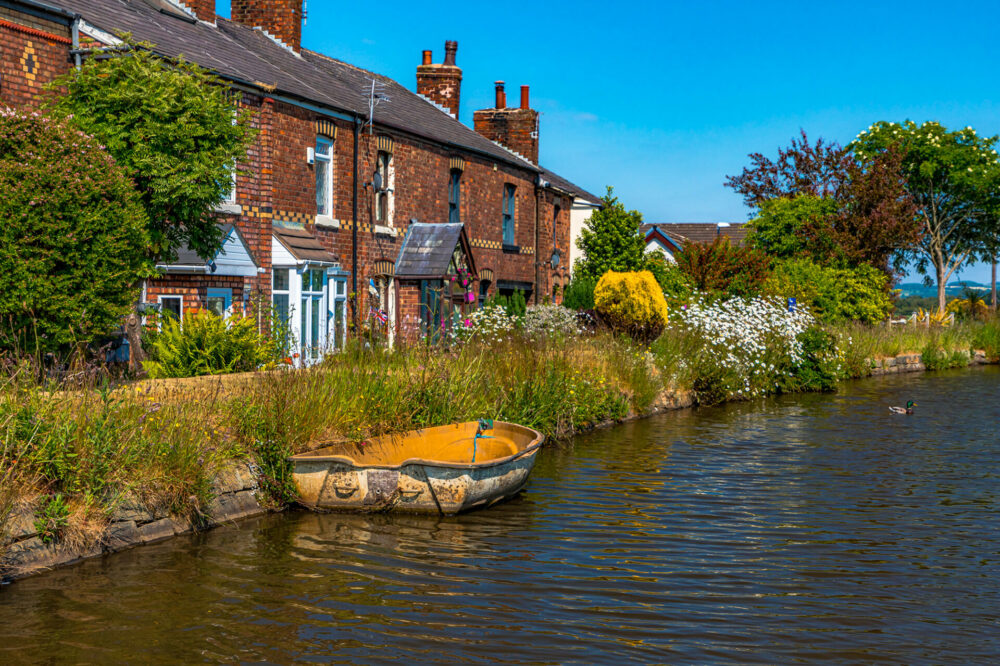A Living Legacy with Modern Meaning
For many people, the word “canal” conjures up images of the Industrial Revolution: smoke, coal barges, and horse-drawn boats winding through soot-covered towns. And it’s true—the canal network helped power Britain’s transformation into a global economic force.
But the story didn’t end when the factories fell silent.
Today, centuries after they were first carved into the landscape, the canals still have a place in our lives. In fact, they may be more important now than ever. Here’s why the canals still matter in the 21st century.
🌿 1. A Natural Haven in an Urban World
In towns and cities across the UK, canals are often the greenest, quietest places around. They offer safe, scenic walking and cycling routes, and act as corridors for wildlife—home to everything from kingfishers and swans to bats and otters.
At a time when access to nature is more important than ever for our mental and physical wellbeing, the canals offer a breath of fresh air, quite literally.
🚶♀️ Whether you’re in Birmingham or Burnley, towpaths offer peaceful escapes just minutes from busy streets.
🛶 2. Sustainable Travel and Tourism
With the rise of staycations and interest in slow travel, canal boat holidays are back in a big way. Travelling at 4 miles per hour forces you to slow down, savour the moment, and leave a lighter footprint.
Canal holidays:
- Support local pubs, shops, and rural communities
- Use existing, low-impact infrastructure
- Encourage a deeper connection with place and pace
In a world of short-haul flights and over-tourism, the canals remind us that you don’t need to go far to find adventure—or peace.
🧱 3. A Living Piece of History
The canals aren’t just old—they’re actively used historical monuments. Every lock, aqueduct, and milepost tells a story of ingenuity, resilience, and community.
Walking the canals is like stepping back in time—but with modern life all around you. Thanks to passionate volunteers, restoration groups, and organisations like the Canal & River Trust, these historic waterways are being preserved not just for memory, but for everyday use.
🏛️ From industrial heritage sites to restored lock cottages, the canals are open-air museums you can explore by boat, bike, or boot.
💧 4. Vital Infrastructure (Yes, Still!)
Canals still serve practical purposes today:
- They manage water levels and prevent flooding
- Some are used for moving freight, reducing the need for road transport
- They’re key to urban regeneration projects, turning forgotten spaces into thriving destinations
Modern cities are once again recognising the value of canals—not as relics, but as resources.
🧘♂️ 5. They Support Our Wellbeing
From paddleboarding and fishing to painting, journaling, and simply sitting still, the canals offer space to breathe, create, and reconnect. They’re free, accessible, and open to all.
Studies show that time near water—also known as “blue space”—can reduce stress, boost mood, and improve focus. The canals are calm, meditative, and grounded in simplicity—exactly what many of us need right now.
🤝 6. They Bring People Together
Boaters, walkers, anglers, cyclists, lock keepers, local businesses… the canals are one of the few spaces where people from all walks of life come together, interact, and share a common path.
Community clean-ups, towpath festivals, and heritage projects show that the canals are more than just waterways—they’re social networks in motion.
❤️ Why They Still Matter
In short, the canals matter today not because they’ve stood still—but because they’ve adapted while staying true to their roots. They’ve become places of peace, purpose, and pride in our towns and cities.
They’re not just leftovers from another era. They’re part of what makes this one better.
So the next time you pass a canal—stop and take it in. Walk a little. Breathe a little. Think about all it’s seen—and all it still has to offer.
Because even in our fast-paced, digital world, the canals continue to do what they’ve always done: connect us.


